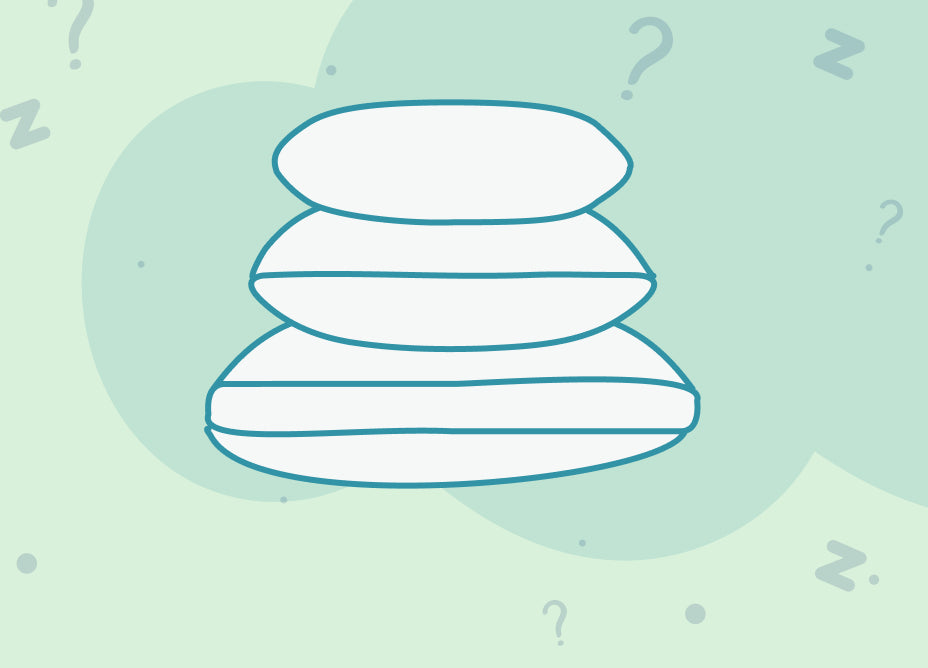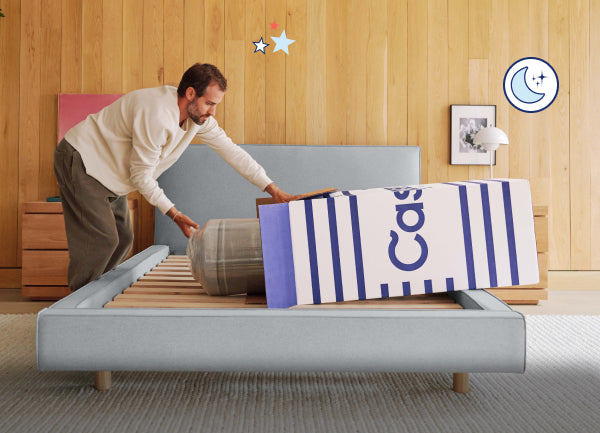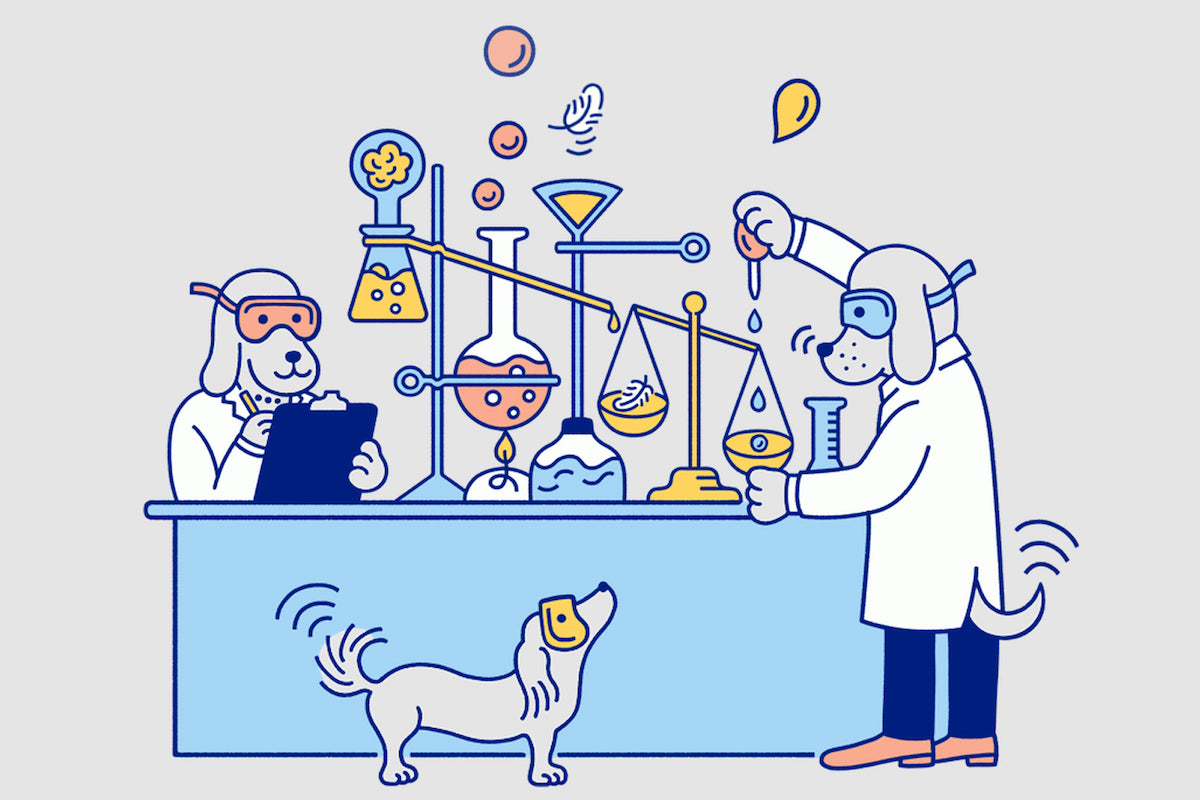Everybody sleeps. It’s a known fact of life. Like eating, breathing, and growing old, every person on this earth sleeps. And spends one third of their life doing so.
But the maybe-not-so-crazy thing is: we all sleep wildly differently.
Wait, you may be thinking, humans with unique brains, personalities and behaviors have unique ways of sleeping, too? And the answer is yes — we do! All snoozers (that includes you) have different sleep preferences and challenges, leading to different needs when it comes to living a life well-slept. Let’s take a look under the covers.
Exhibit A: We Have Varying Different Circadian Rhythms
Night owl? Morning person? You can thank your circadian rhythm — a 24-hour internal clock (also known as your sleep/wake cycle) that’s constantly running in the background of your brain. Your circadian rhythm is influenced by things like light, meal times, social activities, and exercise, and in turn, influences your energy levels and sleep stages. It’s common knowledge that your circadian rhythm naturally changes as you get older, but less widely known is that there are notable differences in the sleep/wake patterns of women and men.
How? It turns out that men’s internal clocks tend to run close to a full 24-hour cycle or longer, while womens’ cycles are likely to be shorter than a full 24 hours. These mismatched, biologically influenced circadian rhythms may make men feel less tired in the evening (night owls), and women more likely to be early risers.
“Circadian rhythms influence our sleep-wake cycles, but they do so much more,” says Dr. Michael Grandner, Director of the Sleep and Health Research Program at the University of Arizona and Casper Sleep Advisor. “We have a central clock in our brain but we also have clocks in all the different systems in our body. They control everything from blood pressure to how our cells manage energy. These rhythms are at the foundation of many aspects of our health, adopting a lifestyle consistent with those rhythms can help optimize our health and functioning.”
Exhibit B: Everyone Has Different Sleeping Positions
Emphasis on Positions (Plural)
“What Your Sleep Position Says About You,” is an article attempting to pin a singular sleep position to a specific personality: it’s one of the many pieces about sleep positions that exist across the Internet, and while it’s interesting to read that if you enjoy sleeping like a “log” on your side with your arms at your sides, then you might be “easy-going, social, relatively trusting of strangers” and maybe “a bit gullible,” the truth is, we all have more than one sleeping position. We learned this years ago, after doing a camera study on sleep positions for the development of the original Casper pillow. In the study, sleepers would fall asleep in particular positions and then roll around on to their sides, or backs, or stomachs. No matter which positions they identified, 70% of participants actually slept on their sides at some point during the night.
The real differences in our sleep positions stem from how we fall asleep, because we toss and turn frequently throughout the night. So if you’re wondering which position is best for you to drift off in, here’s what the experts say.
Exhibit Zzz: Everyone’s Ideal Sleep Climate Is Unique
Your daily body temperature patterns are tied to your sleep cycle, and as you get sleepier, your internal temperature decreases, plateauing around 5am and climbing slightly as morning approaches. If too hot, the air in your bedroom can interfere with your body’s natural dip in temperature, leading to restlessness and even insomnia during the night.
Most sleep experts recommend a cool room that’s around 65 degrees for the best sleep, or more broady, a range between 60 – 67 degrees. But it’s nearly impossible to provide one specific, optimal sleep temperature to the general public. Why? Because of human variation. And because if you find yourself waking up sweaty or shivering, there’s likely more to the story than your bedroom’s temperature.
Everything that’s on you while you sleep creates a microclimate between the mattress and top layers (like sheets, duvets, and all that cozy stuff). All of this traps air and moisture, hindering your body’s ability to thermoregulate — or keep its temperature within a normal range.
“This makes it very difficult to recommend a specific perfect temperature for sleep,” says Dr. Grandner. “Because not only does the ideal temperature for sleep vary across the night, but the actual temperature our body is working with depends on not just our thermostat setting but also what we are wearing, our mattress and sheets, and any blankets or comforters. Not to mention other environmental factors often related to temperature that can impact sleep, such as humidity or noise from air conditioning units and fans.”
Of course, there are other things that differentiate sleepers in unique ways — like dreaming, snoring, and even simply, our sleep preferences.
No Matter What, We’ve Got Your Back.
At Casper, we spend our waking hours thinking about sleep. Because we know that good sleep changes everything. The Casper Labs team of designers, researchers, and engineers have spent years listening to millions of sleepers, learning the nuances of their sleep needs, and rigorously testing our sleep products using real-time user feedback. We understand that everyone sleeps differently, and are devoted to designing products that cater to a range of sleep needs and preferences. Our various mattresses, pillows and products work for all kinds of sleep positions and all kinds of sleepers — keeping you comfy and cozy all night long, no matter how you sleep.
When it comes to all things sleep, know that we’ve got your back.











